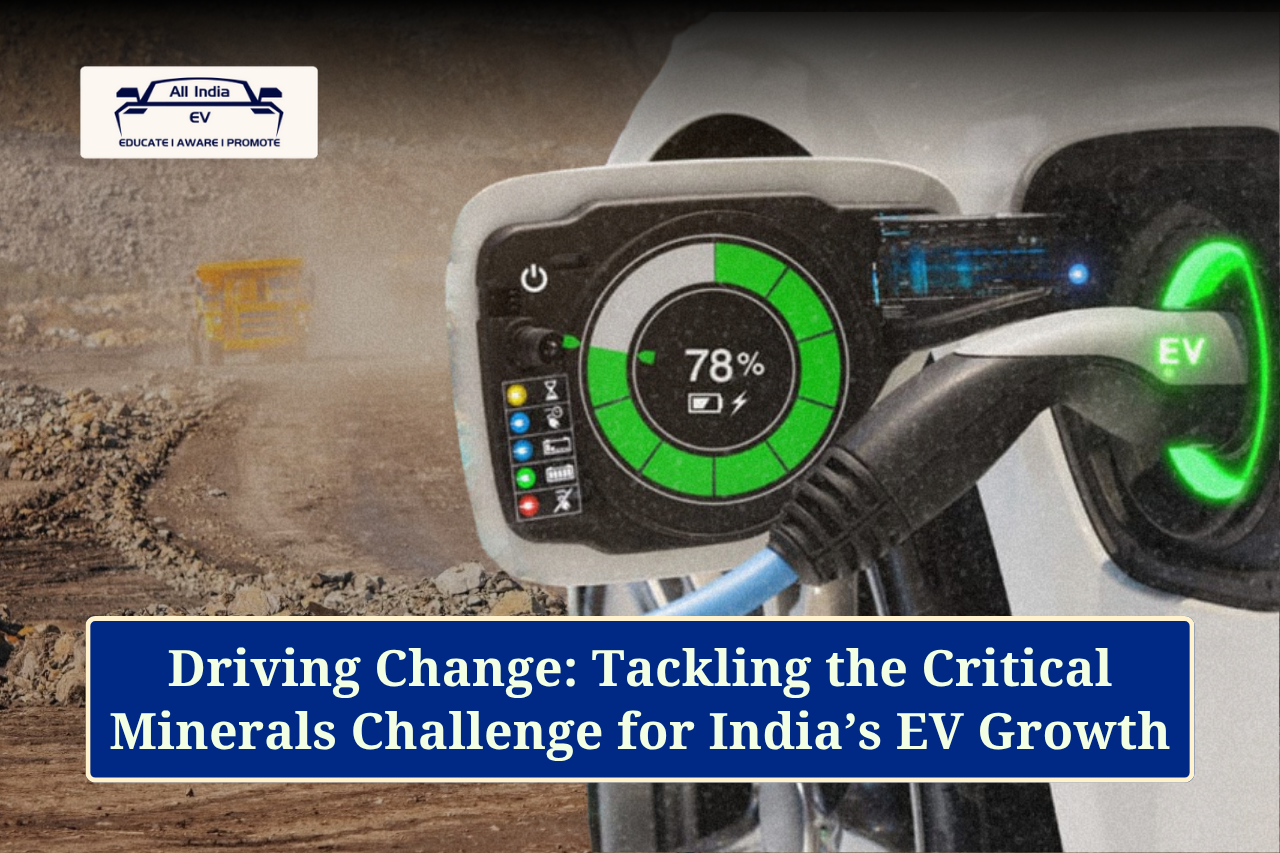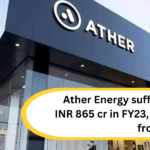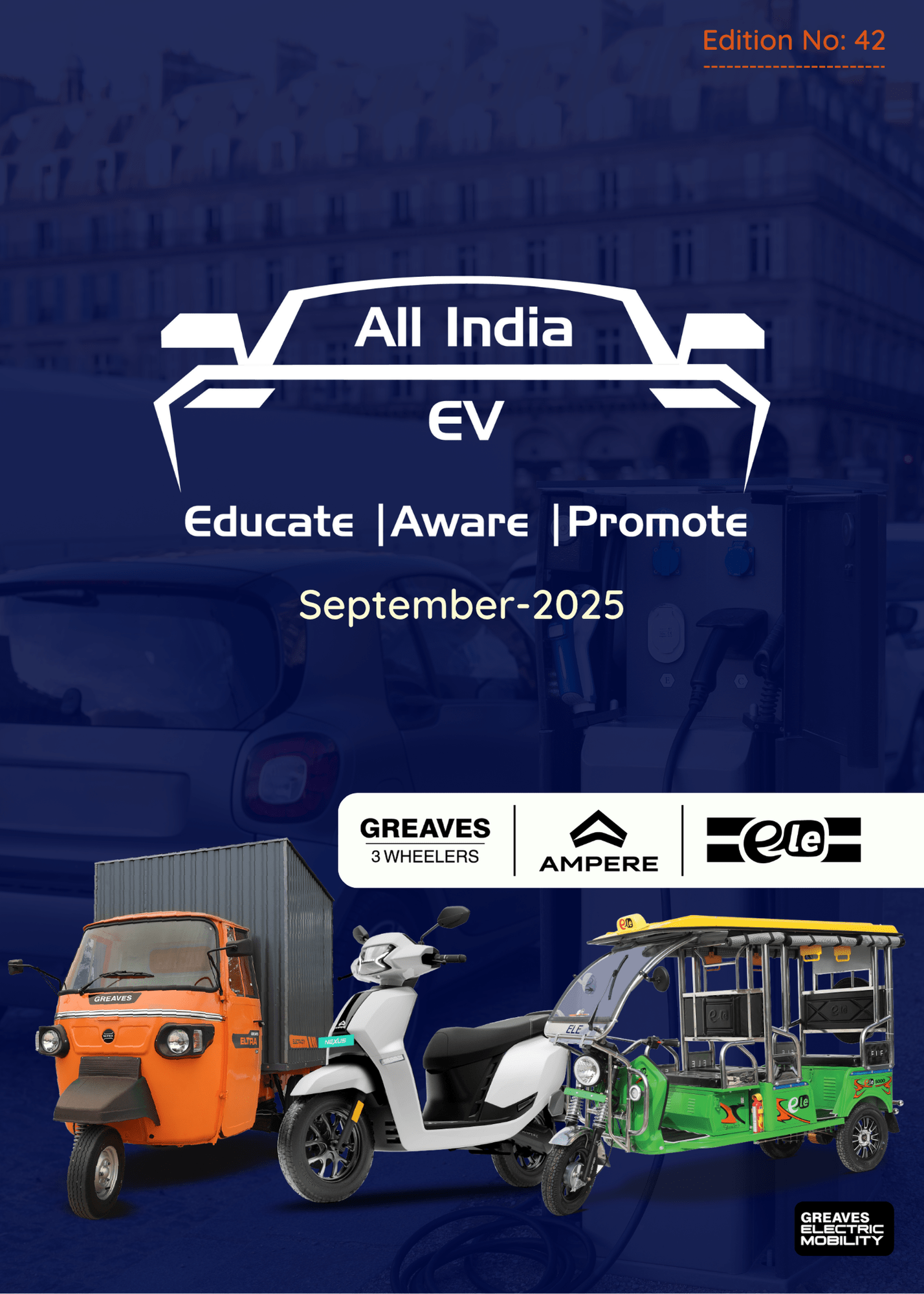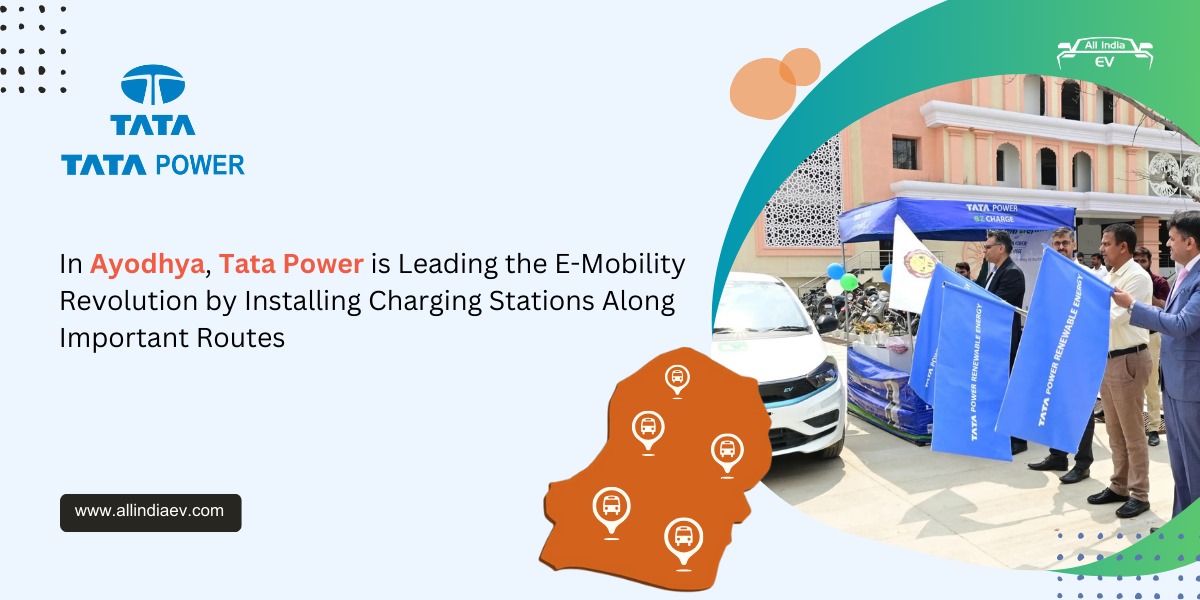
India’s EV Future: Balancing Sustainability with Critical Mineral Risks & Supply Chain Challenges
The global transition from internal combustion engines (ICE) to electric vehicles (EVs) is widely regarded as one of the most transformative shifts in the history of the automotive industry. EVs are viewed as a key technology in the global fight against climate change by reducing CO₂ emissions from the transport sector, which contributes nearly 23% of global life-cycle CO₂ emissions (8.8 Gt). Of this, road transport alone accounts for 6.5 Gt. Over their lifetime, EVs are considered cleaner than ICE vehicles, making them vital for decarbonisation.
Several nations, including leading economies in Europe and Asia, have already announced timelines to phase out ICE vehicles by 2050. Countries like Norway have achieved world-leading EV penetration, setting a benchmark for others. But behind this transition lies a pressing challenge: the availability of critical minerals.
The Role of Critical Minerals
Critical minerals are the backbone of clean energy technologies. They power everything from EV batteries to renewable energy infrastructure. These minerals are defined as resources that:
- Have no viable substitutes,
- Carry high economic and strategic significance, and
- Are concentrated in production across a few nations, exposing importers to supply chain risks.
- Minerals are formed over millions of years, making them finite resources. Industries spanning automobiles, electronics, defence, aerospace, and manufacturing rely heavily on these minerals.
According to a 2021 report by the International Energy Agency (IEA), achieving global net-zero emission targets by 2050 will require six times more mineral inputs than current levels. Yet, most mineral reserves are concentrated in developing nations, and supply chains are vulnerable to geopolitical disruptions.
Historical disruptions, such as the cobalt supply crisis in the 1970s in the DRC and China’s export restrictions on rare earth elements (REEs) in 2010–11, demonstrate the fragility of global supply chains. After the Chinese restrictions, global players sought diversification, yet China retained dominance.
China’s Dominance in Critical Minerals
China today holds an outsized role in global mineral processing.
- It processes 68% of global nickel,
- 40% of copper,
- 59% of lithium, and
- 73% of cobalt.
- As per the USGS 2022 report, 85% of rare earths and 60–70% of lithium and cobalt are refined by China. This dominance is attributed to low labour costs, relaxed environmental regulations, and economies of scale.
In 2023, China accounted for nearly 60% of global EV sales, followed by the EU (25%) and the US (10%). This reflects how China’s mineral supply advantage translates into EV market leadership.
China’s “minerals-for-infrastructure” deals, such as with the Democratic Republic of Congo (DRC), where state banks financed infrastructure in exchange for copper and cobalt mining rights, illustrate how Beijing leverages minerals for geopolitical and economic gain.
Policy Shifts in the West
To counter this dominance, nations like the US and EU have rolled out policies aimed at reshoring supply chains. The US Inflation Reduction Act prioritises clean energy and domestic manufacturing, while the EU Green Deal Industrial Plan positions the energy transition as both a climate and growth strategy.
Yet, diversifying away from Chinese dominance is a massive task, given the entrenched nature of its mineral processing sector.
India’s EV Ambition
For India, the stakes are particularly high. The Government of India has set ambitious 2030 EV sales targets:
- 30% for private cars,
- 70% for commercial vehicles,
- 40% for buses, and
- 80% for two- and three-wheelers.
- India is actively forging international partnerships, including with Australia and through platforms like the Quad. In 2023, it joined the Minerals Security Partnership (MSP), a global coalition working on secure mineral supply chains.
However, India’s domestic efforts lag behind. The country’s spending on exploration and subsurface technology is minimal compared to China and the US. Unless India enhances its own exploration capacity, it risks depending excessively on imports, making its EV roadmap vulnerable to supply shocks.
The Environmental Cost of EV Manufacturing
While EVs are seen as cleaner alternatives, their manufacturing footprint is higher than conventional ICE vehicles, primarily due to battery production.
A study revealed that emissions from EV manufacturing — especially battery production — can offset any gains from lower tailpipe emissions, unless the electricity powering manufacturing shifts from coal to renewables.
Furthermore, a typical EV requires six times more mineral inputs than an ICE vehicle. This makes the mineral challenge not just an industrial issue but also an environmental one.
Hybrid vehicles may serve as a medium-term bridge technology, offering reduced emissions while minimising mineral dependency.
India’s Path Forward
For India, securing reliable, affordable, and sustainable access to critical minerals is a question of energy security. With supply chains heavily concentrated, the risk of geopolitical shocks looms large.
India must therefore pursue a three-pronged strategy:
- Diversify Imports: Build strategic alliances with mineral-rich countries like Australia, Africa, and Latin American nations.
- Boost Domestic Exploration: Increase investment in domestic exploration and processing technologies, supported by public-private partnerships.
- Green the EV Value Chain: Ensure EV manufacturing is powered by renewable energy, reducing lifecycle emissions and aligning with climate goals.
The Global South’s Role
India is uniquely positioned as the only developing nation in the MSP. This provides it with a platform to advocate for the Global South, ensuring:
- Affordable access to critical minerals,
- Fair trade practices that prevent exploitation, and
- Predictable supply chains that promote long-term stability.
- For the Global South, dominated by resource-rich yet economically fragile nations, such leadership is critical. India can help balance global narratives, pushing back against extractive practices and promoting a fairer clean energy transition.
Conclusion: EVs and Global Geopolitics
The move towards EVs is not just an industrial or environmental transformation; it is also reshaping global geopolitics. Critical minerals are now at the heart of economic strategy, national security, and climate policy.
For India, the challenge is twofold: ensuring mineral access while greening the EV value chain. With the government’s ambitious EV adoption targets, the pressure is mounting. If handled strategically, India has the opportunity to not only power its own EV revolution but also to lead the Global South in advocating equitable access to critical minerals.
Electric vehicles are not just about cleaner roads — they are about reconfiguring global supply chains, redefining energy security, and reshaping the balance of power in the 21st century.










